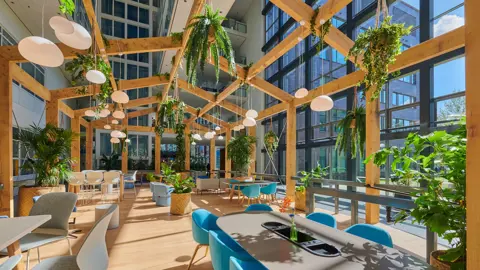Projects
We are involved in many of the world’s most impactful construction projects and programmes. See where our work has helped to transform communities.
Heathrow Airport, sustainable
procurement, UK
Phase one of creating a bespoke tool
to decarbonise Heathrow Airport’s
supply chain.


Kraft Heinz office relocation and fit-out, Japan
Building a space where Kraft Heinz can deliver on its purpose to ‘Make Life Delicious’ for its Japanese consumers.

Bradford Live, UK
Revitalising Bradford Live and transforming a historic venue into a premier entertainment hub.

Misk Schools, Kingdom of Saudi Arabia
Transforming education in Saudi Arabia through world-class design and local impact.

Millport coastal flood protection scheme, UK
Protecting Millport’s community from coastal flooding and improving climate resilience.

World Expo 2025 Osaka, Australia Pavilion, Japan
Delivering a global platform to showcase the best of Australia to the world.

Edinburgh Institute of Genetics and Cancer, UK
Creating state-of-the-art scientific facilities for groundbreaking cancer research at The University of Edinburgh’s Western General Hospital campus.

Five Bank Street, UK
Delivering a functional and flexible workspace with wellbeing, sustainability and inclusivity at the heart of its design.

First Building, Bradfield City Centre, Australia
Enabling a new urban development to connect and attract local and global industry partners.

Shell’s Energy Transition Campus, The Netherlands
Transforming the Amsterdam building into a vibrant and innovative campus that fosters collaboration.

Client stories
Our clients are at the heart of everything we do.
Together, we work across the world’s most impactful
major projects and programmes.



